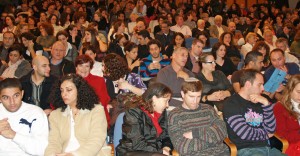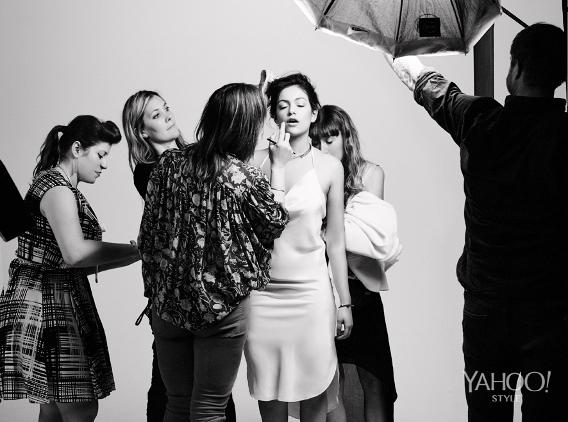
In order to understand audience you should understand what makes them tick, especially what reasons they have for consuming media at all. A couple of theorists who considered this were Blumler & Katz, who suggested that there were four reasons collectively known as Uses and Gratification. Their theory describes the active audience and suggested that four reasons for people to actively seek out and consume media:
| Information |
Self education to suit personal needs; advice on practical matters; information on events or issues of personal interest; curiosity or general interest |
| Personal Identity |
Media reinforces personal values; models of behavior; content explored to challenge, adjust or affirm sense of self |
| Social Interaction |
Identify with others to gain a sense of belonging; find basis for real life interactions; substitute for real life relationships |
| Entertainment |
Escape; diversion; emotional release; filling time; aesthetic enjoyment |
Here is a powerpoint on Stuart Hall and his ‘Reception Theory’. Consider what he says about audience. He argues that an audience decodes what the producer encodes in a text. However, how they read the text will depend on their demographics and psychographics and general cultural competence. Here is the Theory Booklet with all of Hall’s ideas on Pages 11 and 12.
So…?
In order to pitch, produce and promote a music video successfully, you need to know your ‘target audience’ and why they are going to buy into your product, the artist. After all , if you don’t understand your target audience and their preferences your music video will not be a commercial success.
, if you don’t understand your target audience and their preferences your music video will not be a commercial success.
As a group consider what broad groups they fall into (Gender, Age, Occupation, Marital status, cultural background) as well as: other bands/artists they would be into, other media they would consume, fashion tastes, musical genre preferences, and then finally some of the attitudes and beliefs they hold about the world including politics. Think also of which ‘communities’ you are hoping to attract. Where do they live, work and play? Consider their DEMOGRAPHICS AND PYSCHOGRAPHICS.
Here is a handout we gave you last year which describes different audience groups / communities which might be helpful in reaching some conclusions.
Task – Design your perfect audience member
Use the blank Facebook template to describe the ideal audience. Give them an image, name, gender, relationship status, groups, status, likes, dislikes…all of this should be through the filter of music and should help describe your audience profile. Make it as detailed as possible – why not consider someone you know (do not actually use them) who likes the music, is a fan of that music/band and use them as inspiration.
Facebook template – word – take a copy and annotate accordingly
Each group member should complete their own ideal fan .
YOU SHOULD ALSO USE THIS WEBSITE: yougov.co.uk and mention it in your introduction or even better, take a snipping tool screen shot of the profile target audience for your performer. Scroll down to yougovprofiles when you can put the name of your artist or a similar one to find out lots of data about your target audience. For example this link gives information about fans of Beyonce. https://yougov.co.uk/profileslite#/Beyonce/demographics
REMEMBER TO USE TERMINOLOGY IN YOUR BLOG POSTS AND TASKS! – preferred reading, encode, decode, oppositional reading, demographics, psychographics, cultural experience, uses and gratification, target audience, producer, target audience, entertainment, education, social interaction and personal identity etc.

 , if you don’t understand your target audience and their preferences your music video will not be a commercial success.
, if you don’t understand your target audience and their preferences your music video will not be a commercial success.








